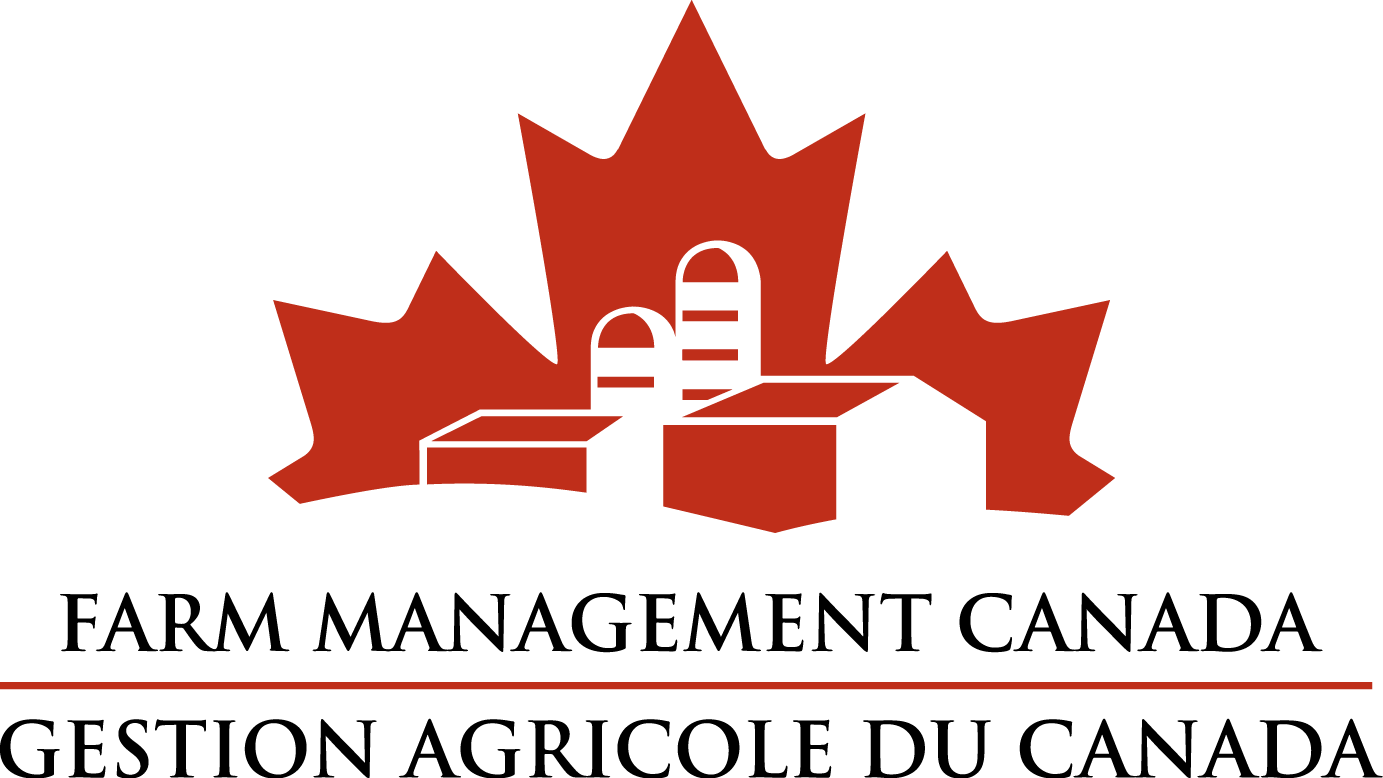
It’s no secret that a serious farm injury or fatality can be devastating emotionally and financially to a farm operation and farm family. But it’s never going to happen to you. Right? Well, according to Canadian Agricultural Injury Reporting statistics, an average of 104 people die in agriculture related incidents in Canada every year. Almost half of all agricultural fatalities in Canada involve farm owners and operators. That means a little more than half happen to other people working, living, or visiting the farm. So what can you do to prevent these injuries? Well— nothing’s for sure but if you build a culture of safety on your farm and encourage your family and farm employees to get involved, you can help reduce the risk of injury while growing your business and engaging your workforce.
Make sure to start out on the right safety foot with new employees. Before they set foot on your operation, make certain they understand that health and safety is your priority. Communicate safety policies and standard operating procedures. Before your new employees begin work, review job descriptions to ensure they have a clear understanding of their roles and responsibilities when it comes to work and safety.
Determine what training each employee requires based on their specific job duties and ensure they receive that training. Monitor their performance and provide feedback and coaching in a positive way until you are sure they are able to do their work safely. If in spite of multiple corrective actions, an employee continues to engage in risky behaviour, don’t be afraid to let them go. Ultimately you need to protect your other workers, and yourself.
If an employee doesn’t t feel comfortable bringing up a safety issue, you might not know there is a problem until it is too late. Get employees involved in safety by conducting regular safety meetings. Encourage feedback by implementing clear hazard reporting procedures. Let employees know about any changes on your farm so they are not caught off guard and can prepare for new situations that could pose risks or hazards on the farm.
Lastly, stay positive. If you care about your employees and demonstrate that by expressing concern for their well-being, they will respect you as an employer and strive to work safely. Lead by example and try to make safety fun, with lots of opportunities to get involved and ask questions. If you treat safety like a chore, they might lose interest and disengage.
While every farm is different, the need for a safe work environment is universal, so cultivate an open, positive working relationship with your employees based on communication and trust and you will be well on your way to building a successful farm safety team.
For more information on building a farm safety team, visit agsafetyweek.ca/producer-tools and browse through over 20 free resources designed to help producers make their farms safer.
This article was produced in support of the Canadian Agricultural Safety Week 2014 Let’s Talk About It! campaign, which encourages farmers to engage in conversations about safety.
CASW is brought to you by the Canadian Agricultural Safety Association and the Canadian Federation of Agriculture, with support from the Government of Canada through Growing Forward 2, long-
time corporate sponsor Farm Credit Canada, Ag for Life, Alberta Agriculture and Rural Development, CHS, Imperial Oil an d Pioneer Hi-Bred Limited.
Make sure to start out on the right safety foot with new employees. Before they set foot on your operation, make certain they understand that health and safety is your priority. Communicate safety policies and standard operating procedures. Before your new employees begin work, review job descriptions to ensure they have a clear understanding of their roles and responsibilities when it comes to work and safety.
Determine what training each employee requires based on their specific job duties and ensure they receive that training. Monitor their performance and provide feedback and coaching in a positive way until you are sure they are able to do their work safely. If in spite of multiple corrective actions, an employee continues to engage in risky behaviour, don’t be afraid to let them go. Ultimately you need to protect your other workers, and yourself.
If an employee doesn’t t feel comfortable bringing up a safety issue, you might not know there is a problem until it is too late. Get employees involved in safety by conducting regular safety meetings. Encourage feedback by implementing clear hazard reporting procedures. Let employees know about any changes on your farm so they are not caught off guard and can prepare for new situations that could pose risks or hazards on the farm.
Lastly, stay positive. If you care about your employees and demonstrate that by expressing concern for their well-being, they will respect you as an employer and strive to work safely. Lead by example and try to make safety fun, with lots of opportunities to get involved and ask questions. If you treat safety like a chore, they might lose interest and disengage.
While every farm is different, the need for a safe work environment is universal, so cultivate an open, positive working relationship with your employees based on communication and trust and you will be well on your way to building a successful farm safety team.
For more information on building a farm safety team, visit agsafetyweek.ca/producer-tools and browse through over 20 free resources designed to help producers make their farms safer.
This article was produced in support of the Canadian Agricultural Safety Week 2014 Let’s Talk About It! campaign, which encourages farmers to engage in conversations about safety. CASW is brought to you by the Canadian Agricultural Safety Association and the Canadian Federation of Agriculture, with support from the Government of Canada through Growing Forward 2, long-time corporate sponsor Farm Credit Canada, Ag for Life, Alberta Agriculture and Rural Development, CHS, Imperial Oil an d Pioneer Hi-Bred Limited.
